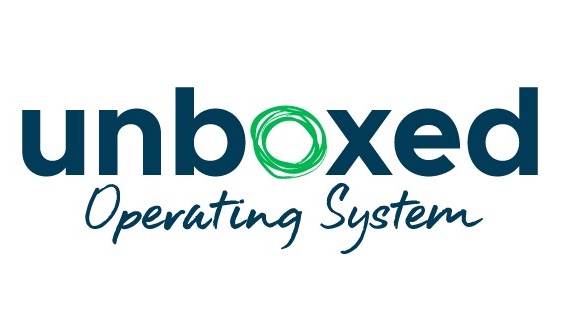In today’s fast-paced digital world, streamlining workflows and automating repetitive tasks have become essential for individuals and businesses alike. Two popular automation tools that offer powerful capabilities are Make and Zapier. In this blog post, we will compare Make and Zapier, highlighting their features, benefits, and use cases. By the end, you’ll have a clearer understanding of which tool might be the best fit for your automation needs.
What is Make?
Make is an automation tool that focuses on simplifying complex workflows by using a visual interface. With Make, users can create automation sequences through a drag-and-drop builder, connecting various tasks and actions. It offers a wide range of integrations with popular apps and services, allowing users to automate processes across different platforms.
What is Zapier?
Zapier, on the other hand, is a well-established automation platform that connects and automates workflows between thousands of applications. It acts as a bridge between different apps, enabling users to create “Zaps” that automate tasks and data transfer across platforms. Zapier offers an extensive library of pre-built integrations, making it easy to set up and manage automation without coding knowledge.
Comparing Make with Zapier
Ease of Use
When it comes to ease of use, both Make and Zapier strive to provide intuitive interfaces for users. Make’s visual builder allows for easy drag-and-drop automation creation, making it accessible to users without technical backgrounds. Zapier also offers a user-friendly interface, with its simple trigger-action setup. However, some users may find the learning curve steeper for more complex automation on Zapier compared to Make.
Integration Capability
Integration capabilities play a vital role in selecting an automation tool. Both Make and Zapier offer extensive integrations with popular apps and services. Zapier boasts a vast library of over 3,000 app integrations, including popular tools like Google Drive, Slack, and Mailchimp. Make, while not as extensive as Zapier, provides integrations with essential apps and services, ensuring compatibility with commonly used platforms.
Flexibility
When it comes to customization and flexibility, Make offers more control over the automation process. With its visual builder and ability to define custom variables and conditions, Make allows users to create complex automation flows tailored to their specific needs. Zapier, on the other hand, provides a broader range of pre-built integrations, making it easier to set up common workflows. However, it may have limitations when it comes to highly specialized or intricate automation requirements.
Pricing
Pricing is an important factor to consider when choosing an automation tool. Both Make and Zapier offer free plans with limited functionality, as well as paid plans with more advanced features. Make’s pricing structure is based on the number of tasks executed, while Zapier offers tiered pricing based on the number of Zaps and premium features. Comparing the pricing plans and evaluating your specific automation needs will help determine which tool aligns better with your budget.
Conclusion
Make and Zapier are both powerful automation tools that simplify complex workflows and boost productivity. While Make excels in providing a visual builder and advanced customization options, Zapier offers an extensive library of integrations and ease of use. The choice between Make and Zapier ultimately depends on your specific automation requirements, technical expertise, and budget. Assessing your needs and conducting a trial of both tools can help you make an informed decision and find the best fit for your workflow automation journey.

